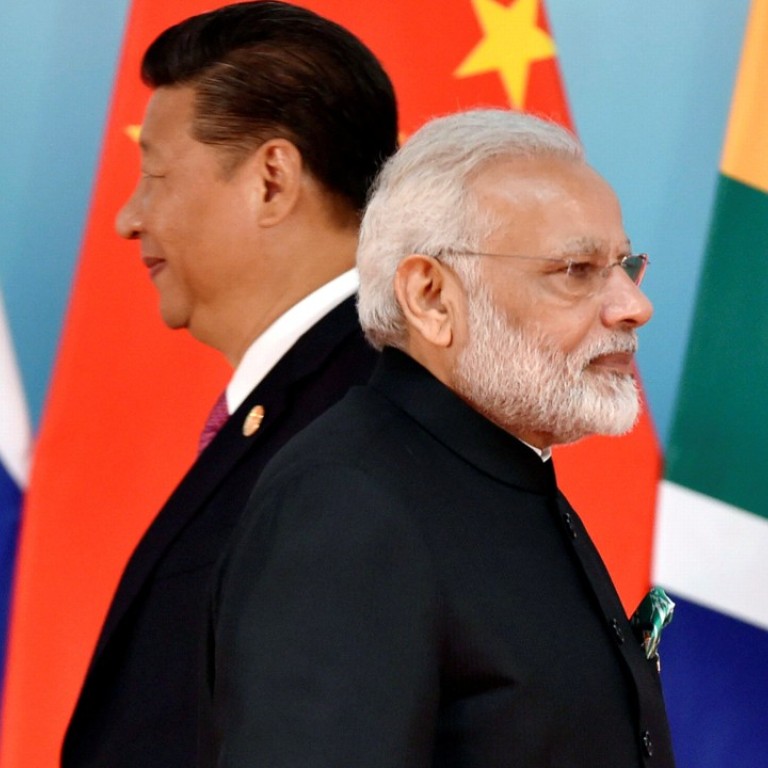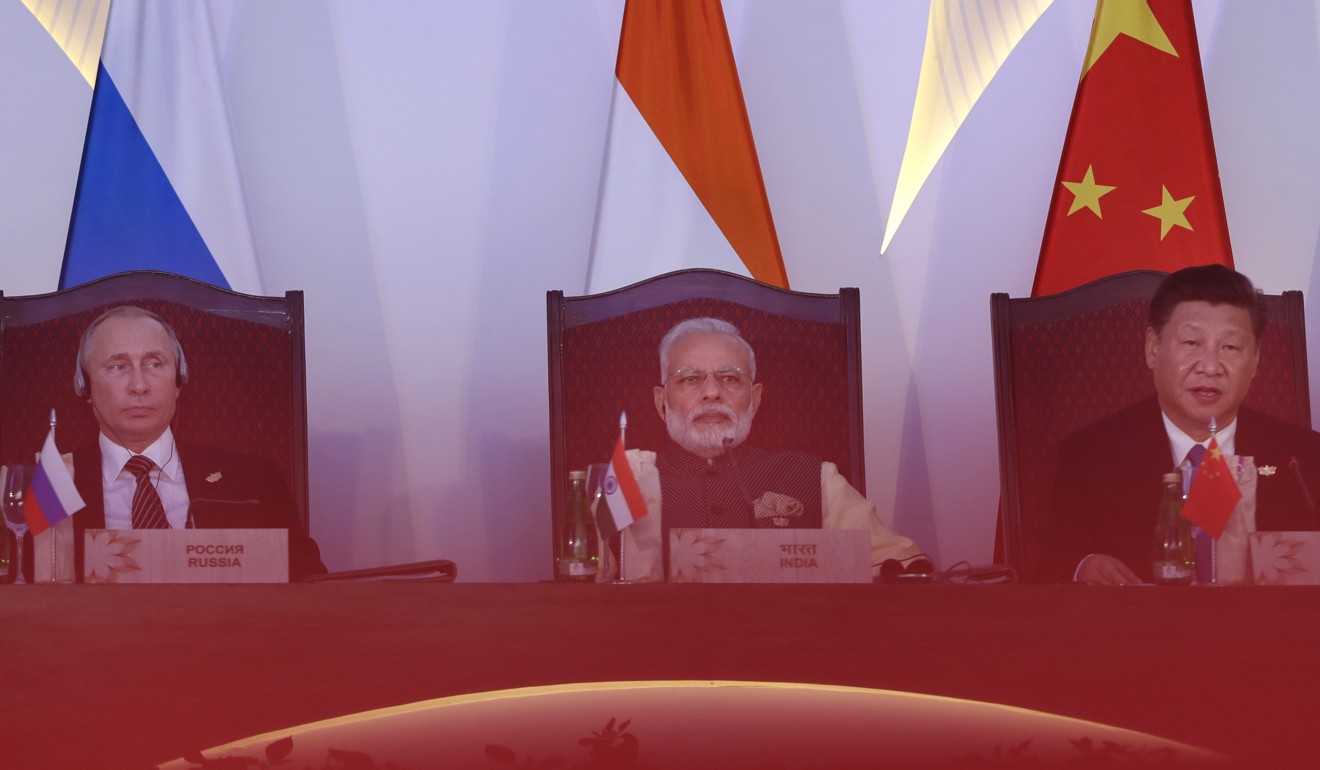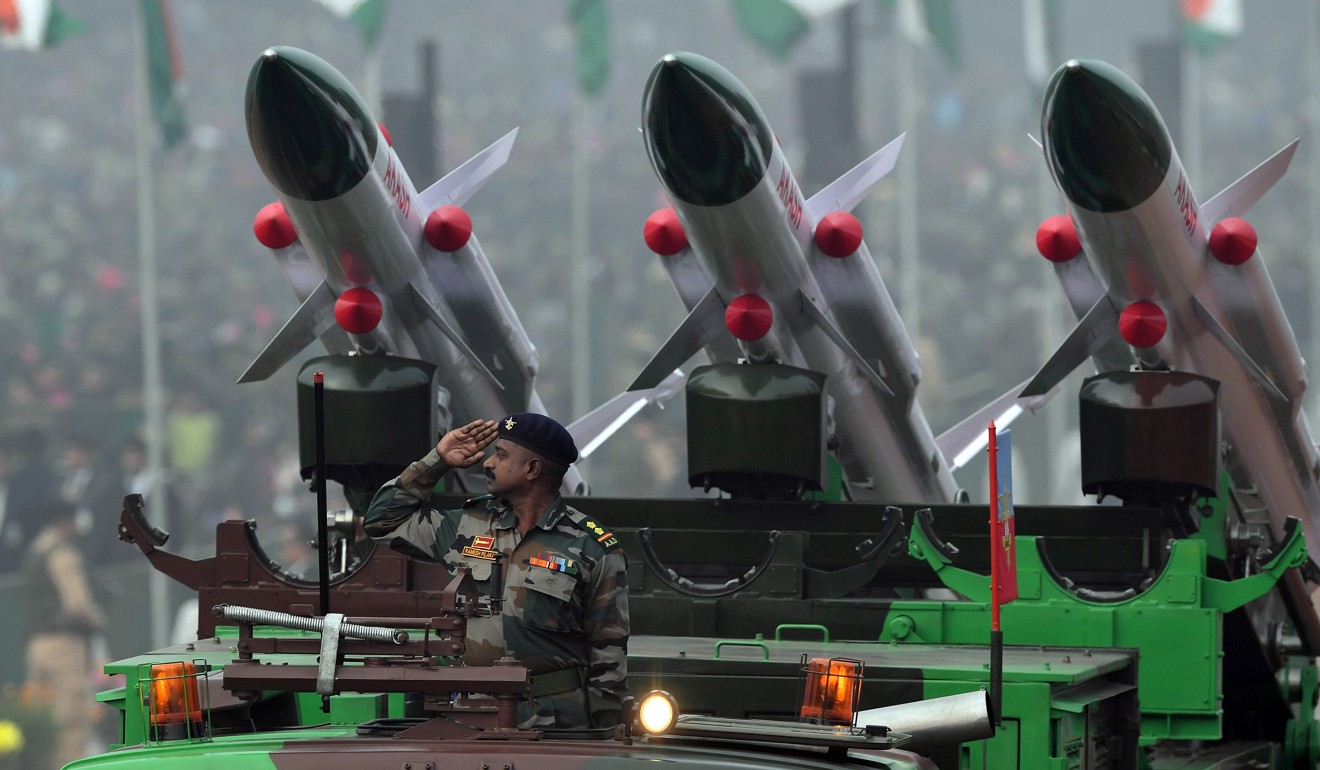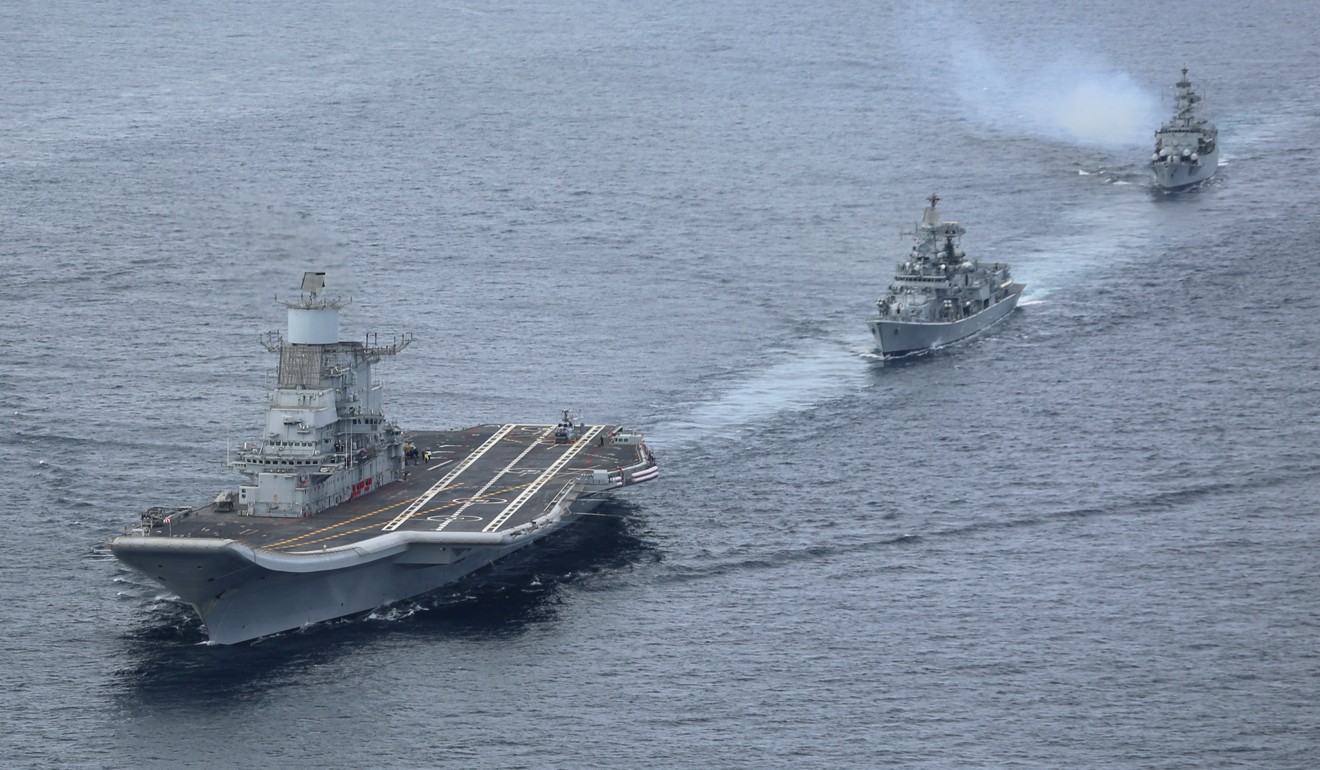
Why growing Sino-Indian geopolitical frictions may ultimately define the Indo-Pacific order
- Richard Heydarian writes that a security dilemma is gradually poisoning relations between Asia’s two giants
- India sees Chinese encroachment as part of a broader ‘strategic encirclement’
India is the ultimate pivot state of the 21st century. While maintaining stable relations with Russia (major arms supplier), China (top trading partner) and Iran (key energy supplier), the South Asian powerhouse has also stepped up its strategic engagement with Japan and major Western powers.
With its sheer demographic weight and growing geopolitical ambitions, India will ineluctably play a central role in shaping the balance of power in the Indo-Pacific theatre.
Under the leadership of Prime Minister Narendra Modi, the country has more confidently embraced its new-found global status. But given the depth of poverty and economic challenges at home, development remains a top priority for the Indian political elite.

No wonder why India, so far, seems more interested in having a seat at the table of global powers, while remaining reluctant to fully flex its muscle and, accordingly, commit resources to overly ambitious initiatives abroad.
In the coming years, however, New Delhi is likely to find itself at loggerheads with Beijing, which is becoming a “two oceans” naval powerhouse, both in the Pacific and Indian seascapes, and is already a top source of development help in India’s near neighbourhood.
Of Asia’s big 3, India and Japan can be friends. Why not China?
The two Asian powers will have to focus on areas of common interest and greater economic cooperation, lest they sleepwalk into a new cold war after decades of cold peace.
In his bestselling book, The Post-American World, Fareed Zakaria envisioned the country as one of the giants of the 21st century. Crucially, he saw India no longer as a “non-aligned” power, which jealously guards its strategic space by refusing to align with or against one superpower, but instead as “the ally” of the United States in the coming decades.

Other prominent thinkers, such as Robert Kaplan, view India as an independent pillar of a concert of powers, along with China and the US, which will collectively shape and manage the emerging Indo-Pacific order.
So far, it seems India is striving to become both a pivot state courted by all superpowers as well as an independent pole in its own right, particularly in the Indian Ocean and, over coming decades, in the Western Pacific.
Japan-India summit shows that both need – and need to contain – China
Economic rebalancing is one major factor. After decades of mediocre growth rates, the past two decades have seen India become a dynamic emerging market, growing at an average rate of more than 7 per cent a year.
In a highly symbolic moment, India’s gross domestic product is expected to surpass that of its former colonial master, Britain, this year. By the middle of this century, India is likely to occupy its pre-modern age status as the world’s second-largest economy, trailing only China.
A buoyant economy has allowed India to rapidly modernise its armed forces. In the past decade, India has been the world’s largest arms importer, boasting an annual defence budget of US$52.5 billion, the fifth-largest in the world. A growing share of its military expenditures is now devoted to developing the country’s naval capabilities, with India expected to deploy two aircraft carriers soon. As early as 2020, India is expected to have the world’s third-largest defence budget.

Crucially, under Modi’s stewardship, India has effectively cast away its tradition of strategic non-alignment, a cornerstone of the opposition Congress party, in favour of a “web of allies”. As a result, the South Asian powerhouse has more overtly tilted towards like-minded countries such as Japan, Australia, France, the US and Britain, which aim to constrain China’s rise as Asia’s pre-eminent military power.
As Dhruva Jaishankar, a leading Indian foreign policy expert, recently told me: “For all intents and purposes, non-alignment is not just over, but it is not particularly useful or applicable in today’s context. Even the Congress party, in opposition, speaks of non-alignment only as a valuable contribution of the past, rather than the basis for policy of the future.”
Under Modi, India has cast away its tradition of strategic non-alignment, a cornerstone of the opposition Congress party, in favour of a ‘web of allies’.
Much of this has to do with the collision of India’s growing naval power and ambitions with those of China, as both Asian powers expand into each other’s traditional spheres of influence.
Despite booming economic ties between the two countries, with bilateral trade breaching the US$80 billion mark in 2017, there is still deep-seated mutual suspicion. China has resolved most of its land-based border disputes with its continental neighbours, except with India in the Himalayas.
More crucially, the oceans are becoming a new theatre of strategic rivalry. Two decades ago, Zhao Nanqi, a high-level Chinese military official, made it clear that “We can no longer accept the Indian Ocean as an ocean only of the Indians.”
China and India eye joint military drills after Himalayan border face-off
Zhang Ming, a prominent Chinese strategist, has gone so far as to argue that “India is perhaps China’s most realistic strategic adversary”, given New Delhi’s increasing strategic presence in Southeast Asia and the Pacific under its Act East policy.
In turn, India mirrors China’s strategic anxiety. As Brahma Chellaney, one of India’s most prominent strategic thinkers, told me, “the main driver” behind India’s naval build-up and deepening ties with Japan and the West is the perception that China is “encroach[ing] on India’s maritime backyard” as part of a broader “strategic encirclement”, with Pakistan and Sri Lanka acting as China’s key allies against India.
It’s precisely this security dilemma that is gradually poisoning the once-blossoming relations between Asia’s two giants. Forget about Sino-American tensions. Absent a reversal in current trend lines, growing Sino-Indian geopolitical frictions may ultimately define the Indo-Pacific order in coming decades.
Richard Heydarian is a Manila-based academic and author

